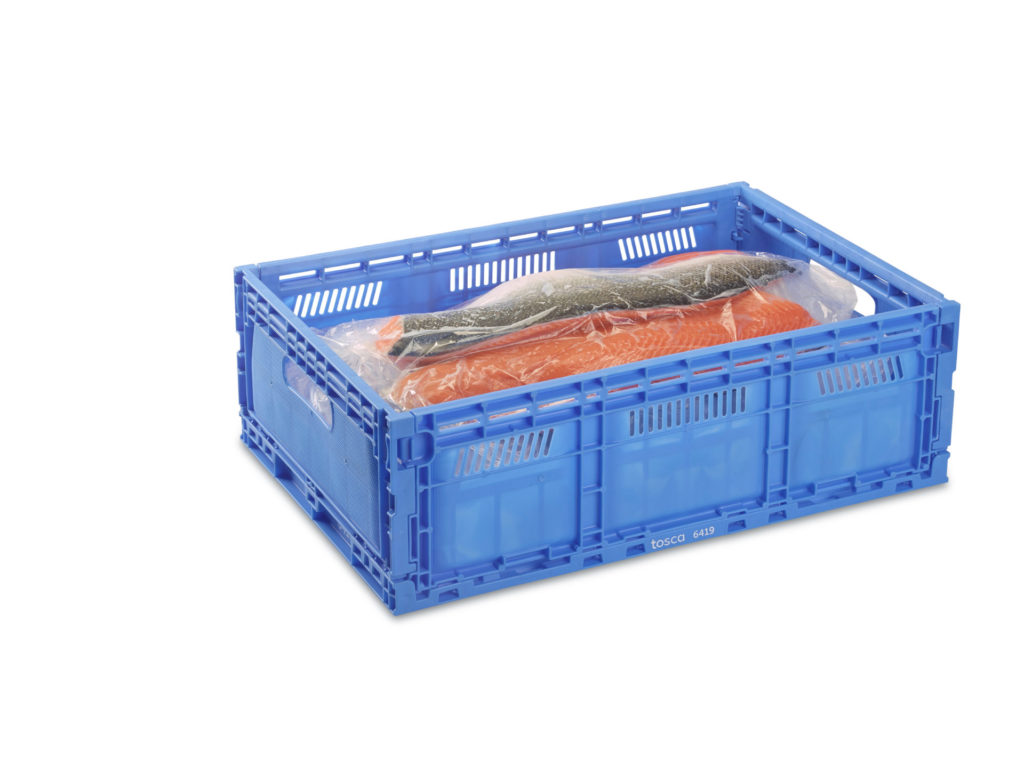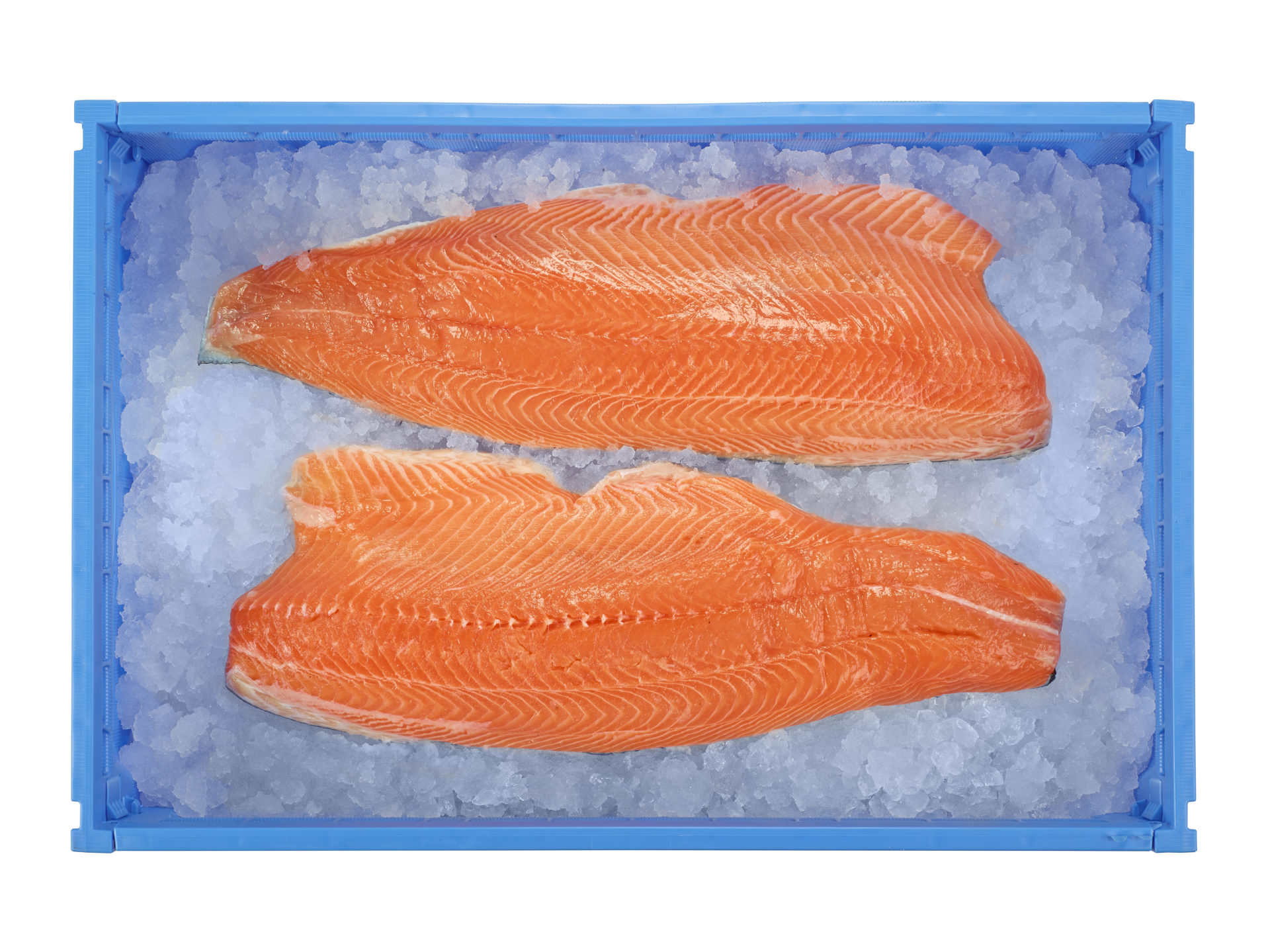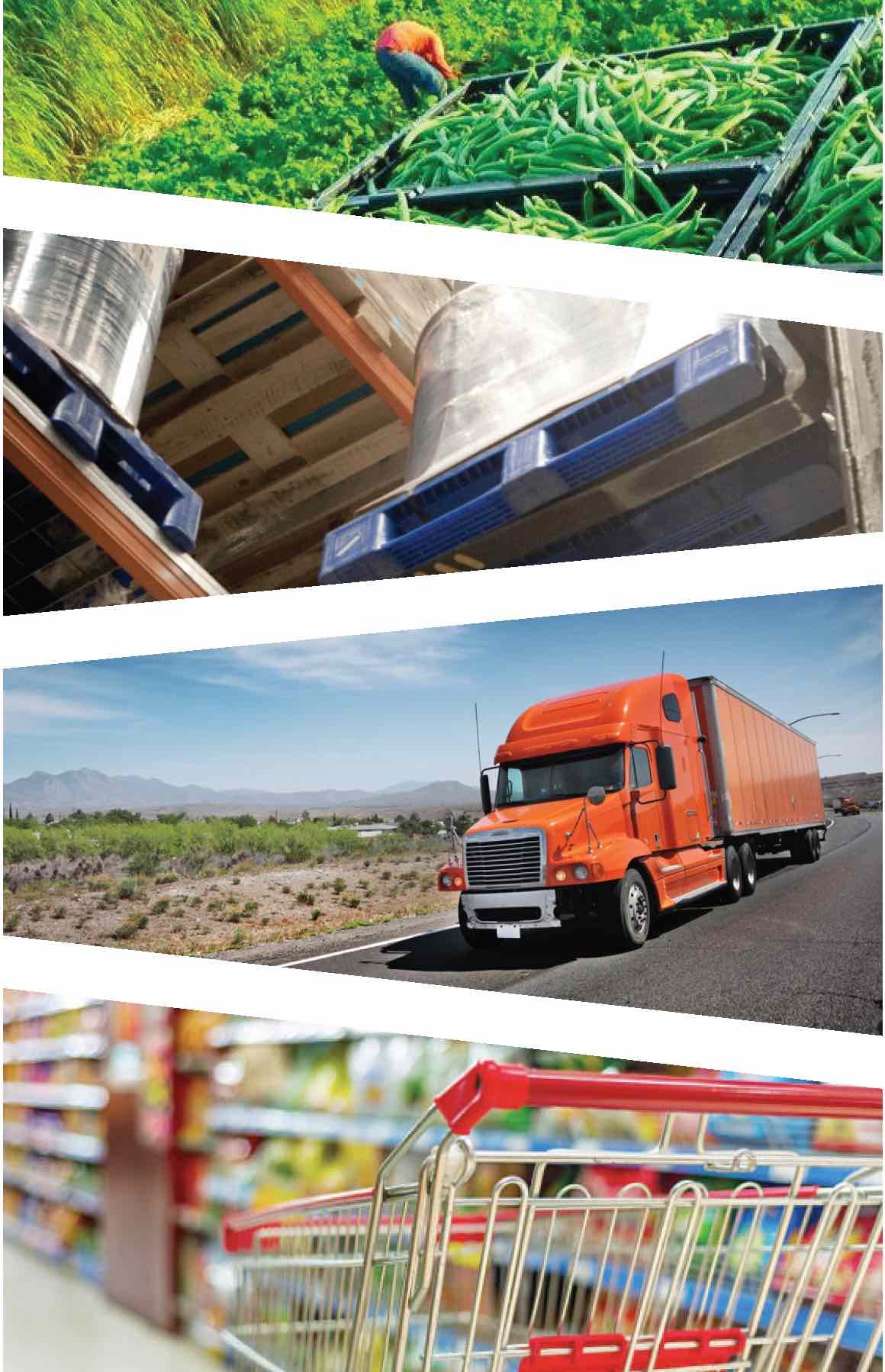Replacing EPS Foam: The Problem In Seafood Shipping
EPS foam is a controversial topic. On one hand, it is widely understood to be damaging to the environment due to its chemical makeup and the fact that it is difficult to recycle.
On the other hand, it is the industry standard for transporting seafood, as it is insulated enough to maintain temperature for hours of travel and offers a soft, protective exterior that keeps product safe from heavy drops, bumps in the road, and anything else that may cause damage in the supply chain.
As many suppliers and sellers in the seafood industry see it, EPS foam is regarded as necessary and unfortunate. They must continue using foam while wishing they didn’t have to.
In this blog, we look at how EPS foam took off as a means of transportation—and the alternatives currently drawing attention in the market. But before we do, it’s worth asking a simple question: What is foam anyway?
What is EPS Foam?
Invented by Dow Chemical Scientist Otis Ray Macintire in 1941, EPS foam is “small beads of the polymer polystyrene [that] are steamed with chemicals until they [expand] to 50 times their original volume” then molded into a functional shape. The outcome is a lightweight material made up of about 95% air that is highly popular for use as packaging as well as disposable take-out trays, plates, cups, and more.
The lightweight nature of foam is simultaneously what makes foam so great and so bad. Because foam is basically plastic blown out into millions of tiny bubbles, it is incredibly difficult to recycle and is rarely done.
Why Foam Is Unsustainable
Consumers realized the harmful nature of foam a long time ago, and governments are responding to the environmental crisis by banning foam. Statewide foam bans are already in effect in Maine, Maryland, and New York, with more to follow soon in Vermont, Colorado, Oregon and New Jersey. In most cases, these foam bans are aimed at all EPS foam, including single use products like take-out containers and cups, as well as the foam used in seafood supply chains.
From an environmental standpoint, what is so bad about foam? Foam is estimated to take 500 years to decompose, and take up 30% of landfill space. When breaking down over time, foam collapses into highly toxic microplastics that can pollute bodies of water. These microplastics harm wildlife in many different ecosystems.
According to Douglas McCauley, a marine biology professor at the University of California, Santa Barbara, the harm to wildlife that foam causes is both mechanical and chemical. Fish and other wildlife have the tendency to eat discarded foam, causing blockages that often lead to starvation. If a creature can digest the foam and survive until it is caught, the contaminants end up in the creature’s chemical makeup and eventually to our plates.
How To Solve The Foam Problem
Naturally, both outcomes of foam pollution are concerning on multiple levels and should be addressed. Like many single use packaging products, foam is only somewhat sustainable, even when it is recycled. Unfortunately, foam is incredibly difficult and expensive to recycle.
As a result, there is barely a market for foam recycling. Because of this, it is rarely done, and foam products overpopulate landfills at discouraging rates.
In addition to all of this, sustainability has recently become a major focus for grocery retailers. Outside of the inherent value of protecting the environment, a strong stance in favor of sustainability is important to end consumers. According to a study from Nielsen, almost half of U.S. consumers are likely to change what they buy to align with environmental standards.
This shift in consumer values over the last decade, among other things, has led retailers to create aggressive sustainability goals. In 2021 several retailers have launched new sustainability initiatives to help combat environmental decline. Aldi, for example, has pledged to reduce greenhouse gas emissions by 25% by 2025.
Ahold Delhaize is another retailer that has taken a strong stance for sustainability this year. In finding that 43% of its customers consider sustainability to be extremely important, up from 28% pre-pandemic, the company is dedicated to creating a more sustainable supply chain. This includes reducing food waste by 25% by 2025 and 50% by 2030. It also involves cutting out the use of single-use plastics and reducing carbon emissions by 50% by 2030.

Aldi and Ahold Delhaize are only two of many retailers committed to reducing their environmental impact and supporting a more sustainable supply chain. Naturally, retailers will choose partnerships that support these goals with efforts towards sustainability. Suppliers and service providers will need to follow suit in order to see much-needed improvements in the seafood industry.
The Future of Seafood Shipping
What will this look like for seafood suppliers? Suppliers will need to align their focus and create more sustainable supply chains in order for their retail and food service partners to be confident that their supply chains are sustainable from ship to store.
One of the easiest and most significant ways seafood suppliers and processors can create more sustainable supply chains is by reducing the use of single-use packaging like foam. Foam is simply not compatible with a modern supply chain working toward sustainability goals.
A Better Alternative
Any alternative to EPS foam will need the important qualities foam provides, as mentioned above. Reusable Plastic Containers (RPCs) can offer just that, while also providing the sustainability and safety consumers and suppliers want more than ever.

To see how RPCs are taking the world of shipping by storm, read the whitepaper, or get in touch with us today to see the benefits of RPCs in your own supply chain.


